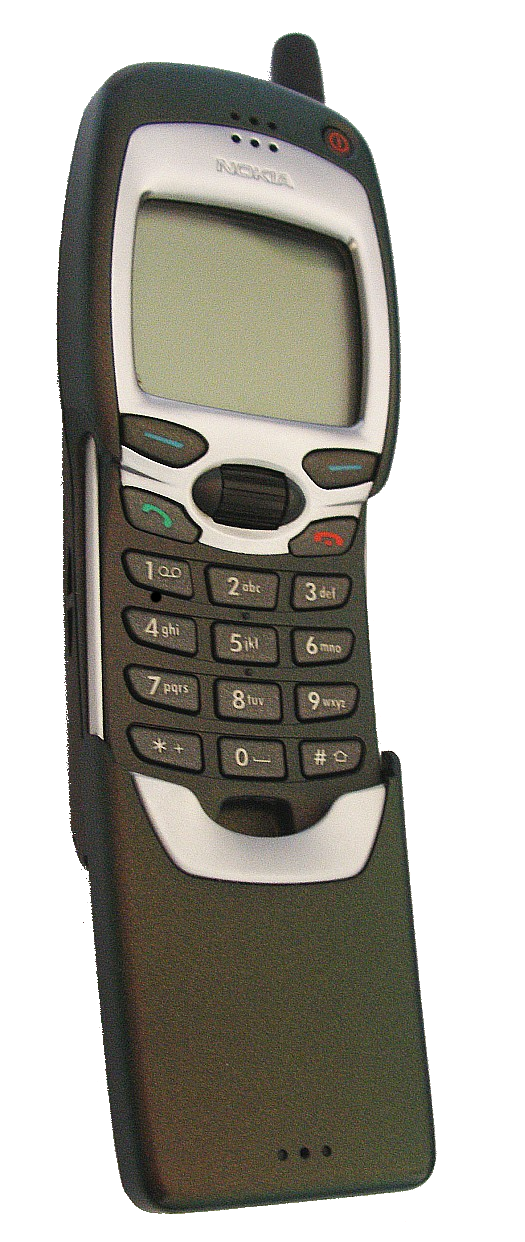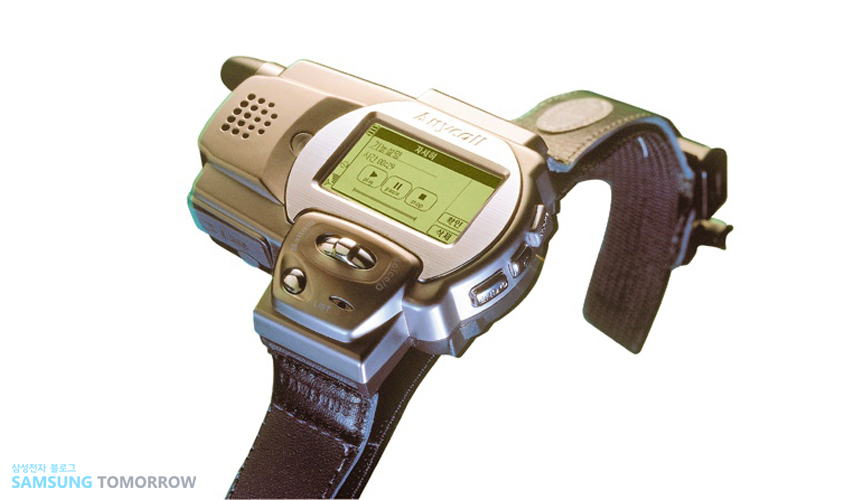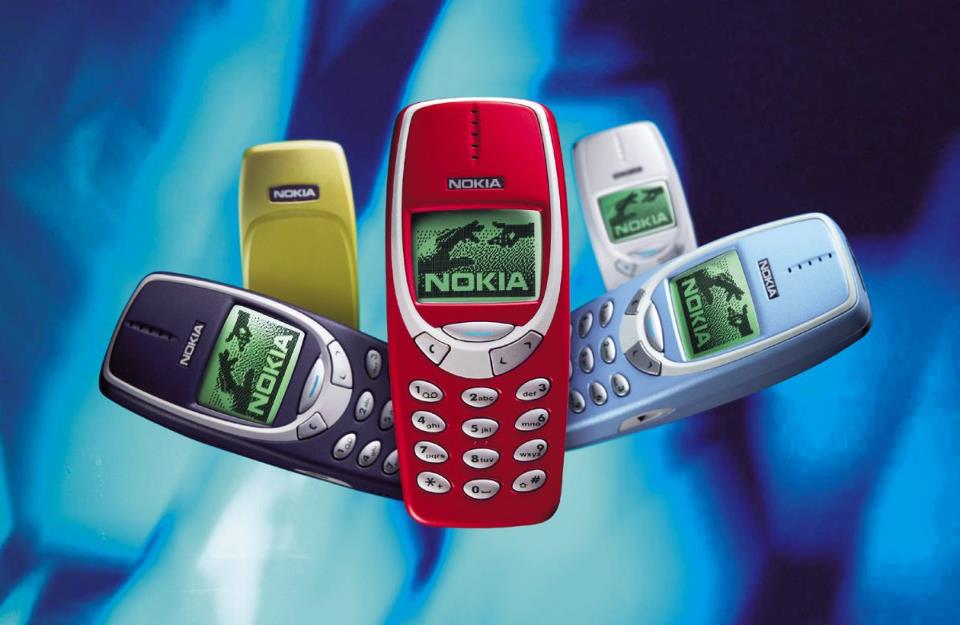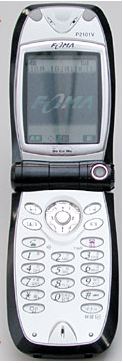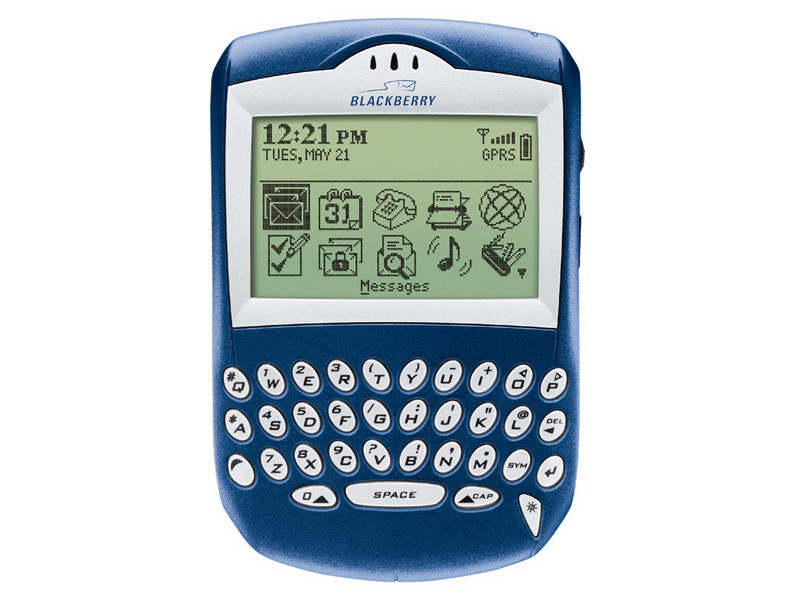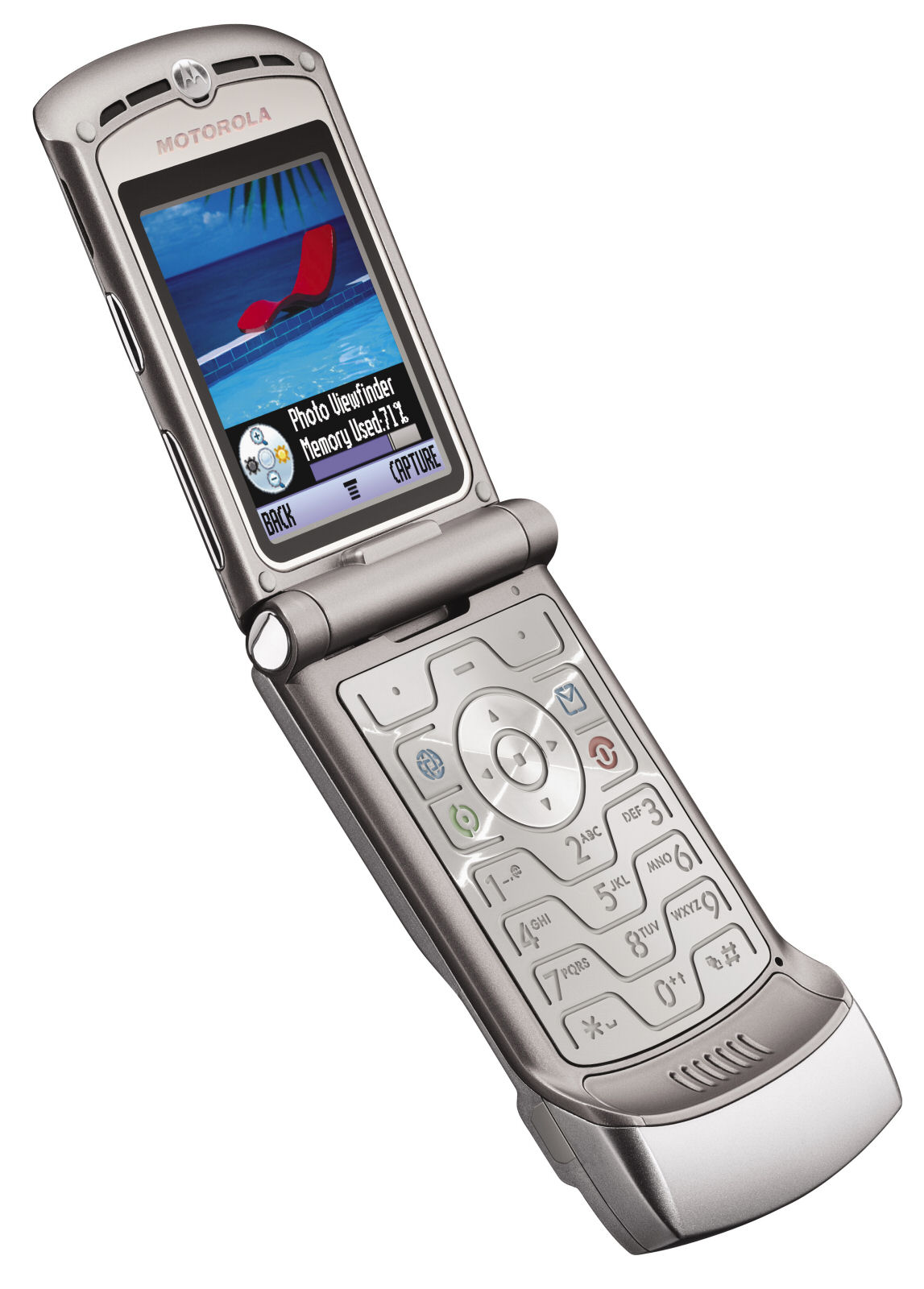31 Years Of Mobile Phones
Nokia 7110 (1999): The Birth Of WAP
With the growing popularity of the Internet, the concept of being able to access the net from anywhere in the world was a powerful one, but the majority of phones in the late 1990s simply lacked the hardware support to process Web pages. This led to the invention of WAP (Wireless Application Protocol) as a means of accessing the Internet on phones that lacked native Web browsing functionality. It gave users a significantly reduced browsing experience, which often had distorted images and text, and was extraordinarily slow. Despite these problems, WAP was heavily promoted throughout the industry, and smartphones such as Nokia's 7110 were created specifically for using WAP.
Benefon ESC! (1999): The Introduction Of GPS
Benefon created the ESC! in 1999, a phone that was an instant hit, especially with hikers. The key concept was to allow users to escape off the beaten path and still be able to find their way back. The phone was the first to incorporate a built-in GPS navigation system, and it was also water resistant. The map could be displayed on a 100x160 display, and map coordinates could be sent to others via SMS.
Samsung SPH-WP10 (1999): The Phone Watch
Smartwatches are one of the hit new smart devices coming into the market today, but this concept was originally pioneered by Samsung back in 1999. Samsung's SPH-WP10 wasn't capable of nearly as much as a modern smartwatch; it was more of a phone inside of a watch instead of a phone accessory. It measured 67 x 58 x 20 mm (L x W x H), weighed 50 grams, and had a 1.52-inch display. It could maintain a call for up to 90 minutes, or last for 60 hours in standby. The watch did not sell well, however, and Samsung ceased production after a relatively short period of time.
Ericsson T36 (2000): The Arival Of Bluetooth
The Bluetooth standard was finalized in 1999. Ericsson was quick to capitalize on the new technology, announcing the first Bluetooth compatible phone, the Ericsson T36, in 2000. Ericsson ultimately canceled the T36, however, and it was never released. Instead, the Ericsson R520m became the first phone to feature Bluetooth. The T39, a phone similar to the T36, was released a year later as well. These phones opened the door to a wide assortment of Bluetooth devices by third-party manufacturers, which significantly changed the mobile phone market.
Nokia 3310 (2000)
The Nokia 3310 became one of the most successful phones in history, selling roughly 125 million units. The phone didn't feature any significant jump in technology; its most significant advancement was the ability to write 459 character SMS messages. Its immediate predecessor, the Nokia 3210, added a number of new features to the product line, including interchangeable cases and an internal antenna, but the Nokia 3310 far exceeded the 3210 in sales and went on to become an icon for the company.
The First MP3 Player Phone: Samsung SPH-M100 Uproar (2000)
The Samsung SPH-M100 Uproar was also released in 2000 and was the first phone to double as an MP3 player. It contained 64MB of internal storage space, which was quite spacious for its time, roughly enough to hold an entire CD encoded with a 128 Kb/s data rate. The battery was capable of lasting for 10 hours of continuous audio playback. Samsung bundled a set of headphones and a remote to wirelessly control the MP3 player too.
Matsushita P2101V (2001): 3G & Video Phone
NTT DoCoMo created the first 3G network (known as UMTS) in Japan, which began operation in October 2001. To take advantage of this new ultra-fast (384 Kb/s) network, companies scrambled to release a new generation of mobile phones. Of the new phones to come out around this time, the most feature rich was the Matsushita P2101V, which had a full-color LCD display and a video camera to enable video calls.
Get Tom's Hardware's best news and in-depth reviews, straight to your inbox.
Blackberry 6210 (2003)
Although RIM (Research In Motion) had been producing its BlackBerry devices for several years, it wasn't until 2003 that RIM added cellphone functionality to its products. By combining cellular connectivity with the features already inherent in the BlackBerry product line, RIM's BlackBerry 6210 is considered to be the first modern day smartphone. It also introduced several new mobile phone features, including its iconic wheel for navigating menus and its full QWERTY keyboard.
MORE: Best Smartphones
MORE: Smartphones In The News
MORE: All Smartphone Content
Nokia Communicator 9500 (2004)
By 2004, essentially all of the functions we see on a modern day smartphone had been implemented in one way or another. The last of these key features to be introduced was Wi-Fi connectivity, which debuted on the Nokia Communicator 9500. The phone carried over several features seen on older phones such as Bluetooth, a 4.5-inch 640x200 color display, an MP3 and AAC compatible music player, a 0.3 MP camera, an Office document reader and the ability to send fax messages. Its built-in modem was EDGE compatible and supported up to a 177 Kb/s data connection. The device was powered by a Texas Instruments OMAP 150 SoC, which contained an ARM925T 150MHz CPU. It also used the Series 90 OS based on Symbian, and could surf the Web on a browser developed in partnership with Opera.
Razr V3 (2004): Triumph Before The Fall
Motorola's last major victory in the mobile phone arena as an independent American manufacturer was the Razr V3. While most phones at this time were made from plastic, the Razr V3 used a sleek all-aluminum shell. This helped to further reduce the size of the phone, dropping down to 13 mm thin. The buttons were also made of aluminum, and the LCD had a glass plate on top of it to protect it from getting scratched. The phone was highly successful, selling 130 million units in four years. Ironically, it was the success of this product that caused the company to join the smartphone market late, which led to its ultimate demise.
-
BadActor They have come a long way in a relatively short period of time. My first mobile phone was a Motorola bag phone with a large antennae. People would be amazed when you told them you were calling them from your car.Reply -
plasmastorm My 1st phone was an alcatel of some sort when I was about 14-15.Reply
1st phone you would recognize was the 7110 I got after that, loved that phone and would pay good money for the same shell with modern features. -
g-unit1111 My dad has had seriously nearly every single one of those dating back to the giant brick sized Motorola portable phone he got in like 1992 all the way to a Galaxy S6 which he has now.Reply -
chaosmassive I used to gaming on Nokia 3310Reply
you know, perfect score on space impact !
and snake at maximum speed !
-
AndrewJacksonZA You missed the first colour phone: the Siemens S10, launched in 1998.Reply
You included the first phone with a 1080p screen, but not the first phone with a 4k screen: the Sony Z5 Premium in 2015.
I got my first cellphone in 1997/1998. I think it was an Alcatel brick. I later inherited my Dad's Siemens S10. :-) -
10tacle My first "mobile" phone was a Motorola car version of the hand-held brick back in the late 1980s that my parents got me when I went off to college. Mobile service was spotty back then of course, even in relatively populated areas. And when I was roaming out of my service area, it was very expensive per minute....something insane like nearly a dollar a minute which in today's dollars is closer to two bucks a minute.Reply
Needless to say, we didn't yap much back then as even the contract plan cost per minute was something like $.25/minute on top of the monthly fee. In any event, it's always fun to reflect on all the old phones some of us older people have had over the decades. Even my retired four year old Android Motorola Razr Maxx smart phone can play older PC games, games that 10 years ago needed a pretty powerful build to run them on a 1600x1200 CRT monitor! -
Pat Flynn Awesome article guys, love seeing stuff like this! Historical mobile computing at its finest :)Reply -
g-unit1111 Reply17546961 said:My first "mobile" phone was a Motorola car version of the hand-held brick back in the late 1980s that my parents got me when I went off to college. Mobile service was spotty back then of course, even in relatively populated areas. And when I was roaming out of my service area, it was very expensive per minute....something insane like nearly a dollar a minute which in today's dollars is closer to two bucks a minute.
Needless to say, we didn't yap much back then as even the contract plan cost per minute was something like $.19/minute on top of the monthly fee. In any event, it's always fun to reflect on all the old phones some of us older people have had over the decades. Even my retired four year old Android Motorola Razr Maxx smart phone can play older PC games, games that 10 years ago needed a pretty powerful build to run them on a 1600x1200 CRT monitor!
My dad's car had one of these:
We thought it was state of the art back then. :lol: -
10tacle Reply17546990 said:My dad's car had one of these:
We thought it was state of the art back then. :lol:
LOL! That's exactly the Motorola design I had and mine was mounted in the center console like this, but it was after-market and not factory. Looks like Lexus got a contract with Motorola for a factory phone option. Awesome! If I remember correctly, the keys lit up in green.
Early adopter memories, heheheh.
-
g-unit1111 Reply17547042 said:17546990 said:My dad's car had one of these:
We thought it was state of the art back then. :lol:
LOL! That's exactly the Motorola design I had and mine was mounted in the center console like this, but it was after-market and not factory. Looks like Lexus got a contract with Motorola for a factory phone option. Awesome! If I remember correctly, the keys lit up in green.
Early adopter memories, heheheh.
It wasn't that exact one - that was just the first image I pulled on Google. My dad's was a Volvo and yeah the keys did light up green from what I remember. :lol:
